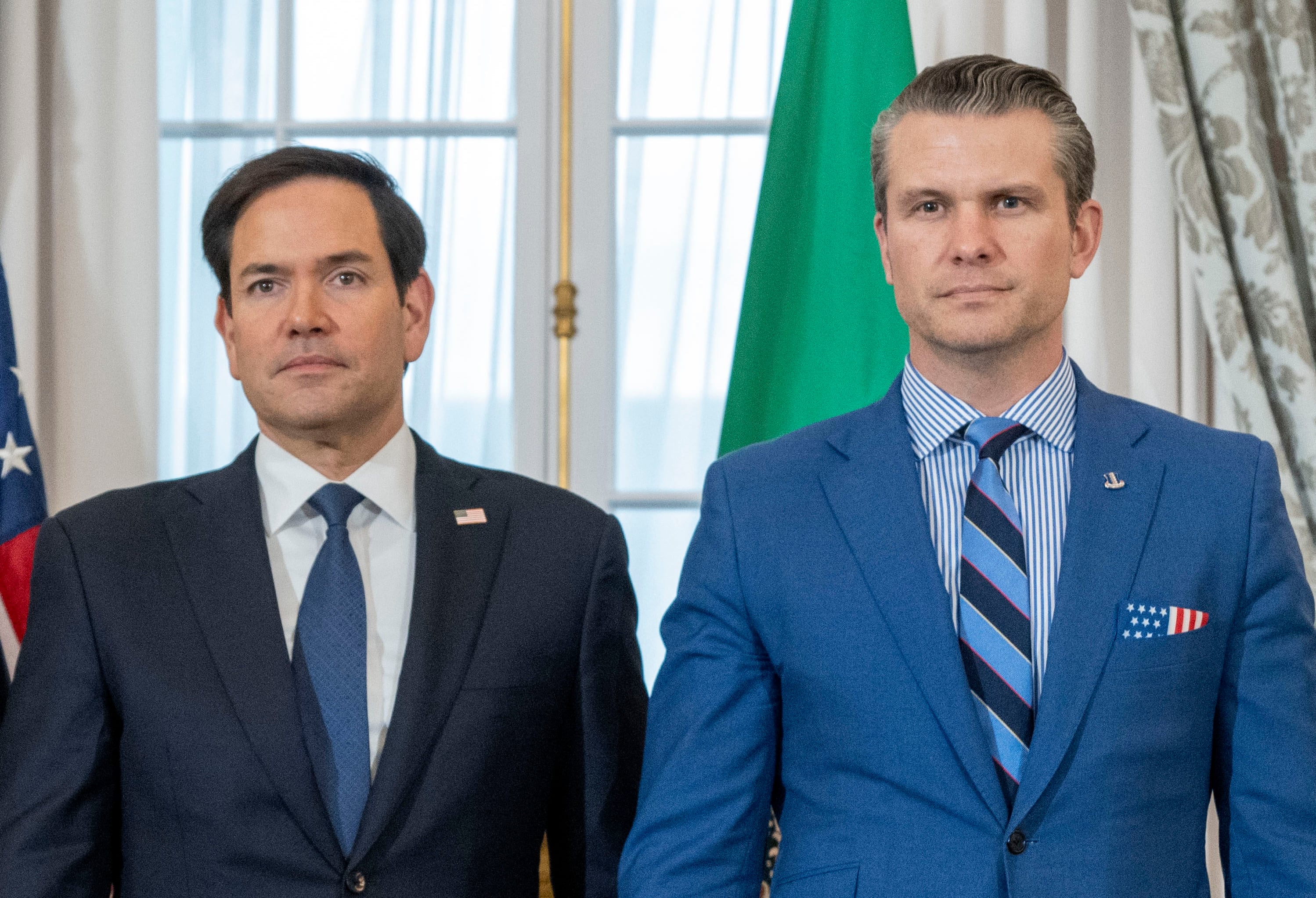When you think of the legendary ArmaLite AR-15 platform, the first thing that comes to mind is a full-sized assault rifle chambered for 5.56x45mm NATO rounds — not this beastly little “briefcase gun” used to guard America’s nuclear power plants during the Cold War.
By the late 1970s, the West German arms manufacturer Heckler & Koch, had already cornered the submachine gun market with its Maschinenpistole 5 (MP5).
Police forces and special operations units across the world loved the versatility of the gun, which offered users a smaller caliber (sub) fully-automatic (machine gun) weapon that was light, portable and maneuverable in close spaces.
While the MP5 did have competition from other submachine guns and machine pistols, few matched its level of quality and capability which made it highly popular and sought after by federal agencies and police forces across the United States. In the early 1980s, American arms giant Colt decided to toss its hat in the submachine gun ring to try and corner a slice of what it perceived to be a highly lucrative market.
Colt started off with its M-16 rifle, a platform many in federal, state and local law enforcement were already conversant with.
Designer Henry Tatro shortened the barrel to 10.5 inches and added an insert to the magazine well to accept thinner magazines built to house 9x19mm NATO rounds.
The upper and lower receivers were internally retooled to fire the smaller cartridge, rather than the bigger 5.56mm round the M-16 commonly uses, while keeping the size of the frame the same.
A few small modifications for safety during firing and the extracting of rounds from the magazine allowed Tatro to use an unlocked blockback system instead of the M-16's original gas system. A new buffer assembly, a firing pin with a spring to prevent slam-fires, and a deflector rounded off the receiver revamps. Kitted out with a telescoping stock and designed to fire from a closed bolt, the new gun, dubbed the R0635, was highly accurate and (despite its ungainly looks), somewhat ergonomic.
Agencies, like the DEA and US Marshals Service quickly took notice of the new gun.
The Department of Energy commissioned Colt to build an even more compact variant -- this one fitted with a shorter 7-inch barrel, removable carrier handles, pop-up iron sights, and a smaller handguard.
Known as the R0633 or, simply, the “DOE” variant, it was destined for the hands of the department’s Federal Protective Forces -- a highly-trained and well-armed paramilitary outfit that provides a rapid response force trained to recover stolen nuclear material and to secure nuclear facilities across the United States.
ProFor operatives could use the shorter DOE gun not just as weapon that could pop out blisteringly accurate sustained rates of fire when engaged in close combat scenarios, but also a submachine gun that could be readily accessible in limited confines of vehicles and easily concealed.
Colt has long since ceased producing the DOE for ProFor, but you can still find semi-automatic 9mm Colt SMGs on the civilian market today. R0633s are highly prized collectibles, and are exceedingly difficult to come across. Most, if not all, law enforcement agencies have phased the R0635 and R0633 out of service. In an interesting twist, ProFor uses the R0633′s old rival -- Heckler & Koch’s MP5 -- as one of its standard submachine guns, in addition to Fabrique Nationale’s P90.
Ian D’Costa is a correspondent with Gear Scout whose work has been featured with We Are The Mighty, The Aviationist, and Business Insider. An avid outdoorsman, Ian is also a guns and gear enthusiast.





